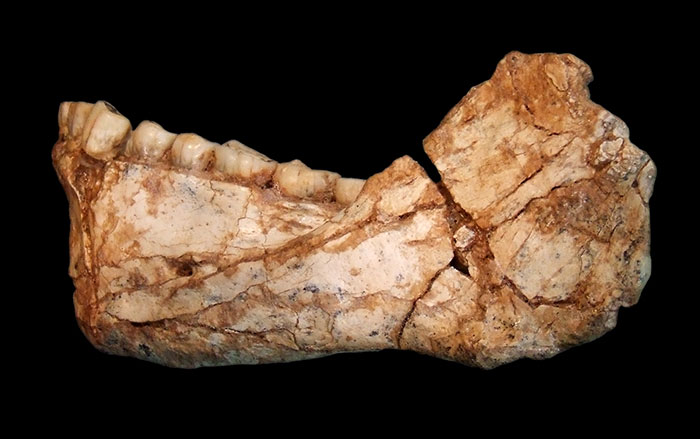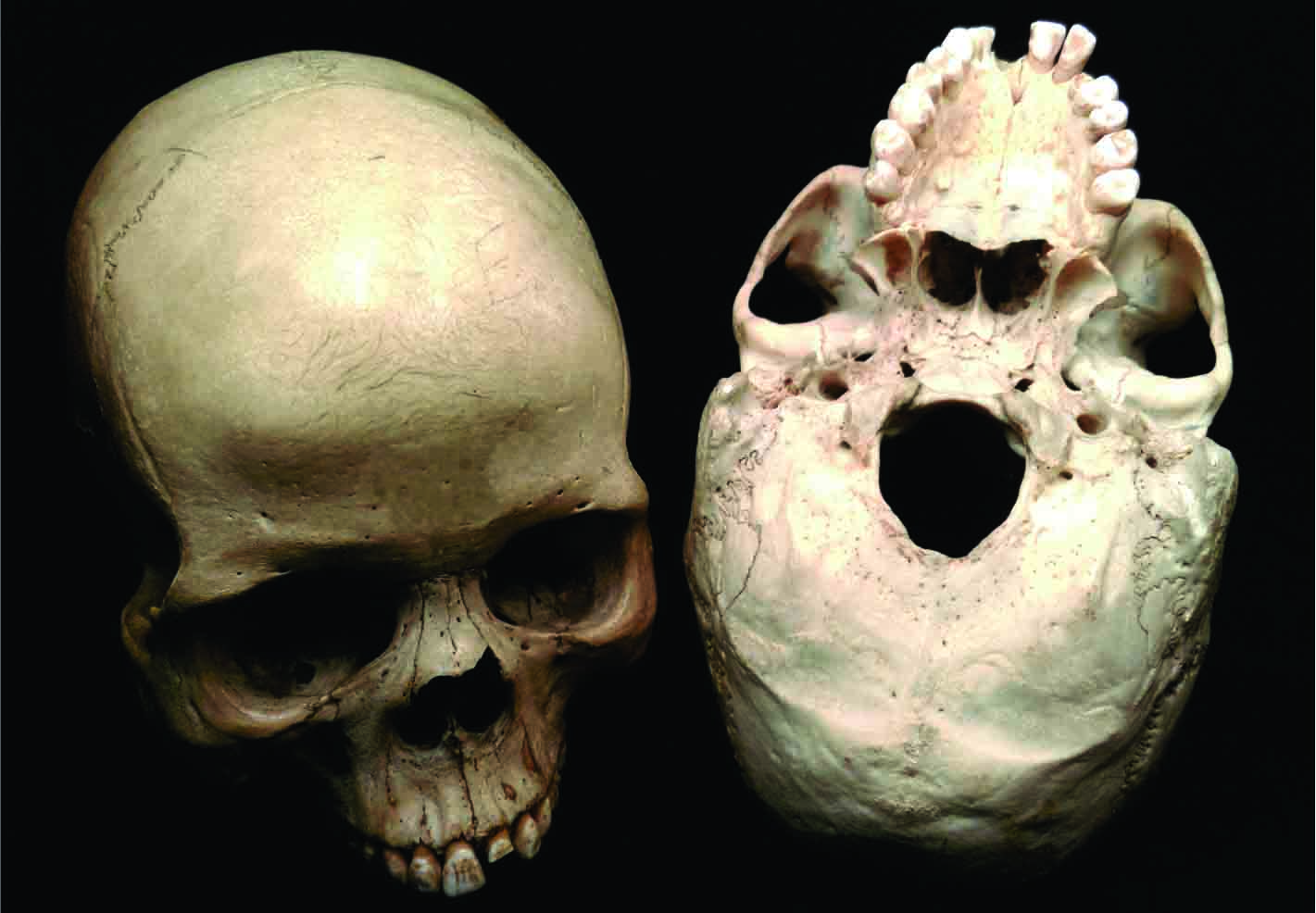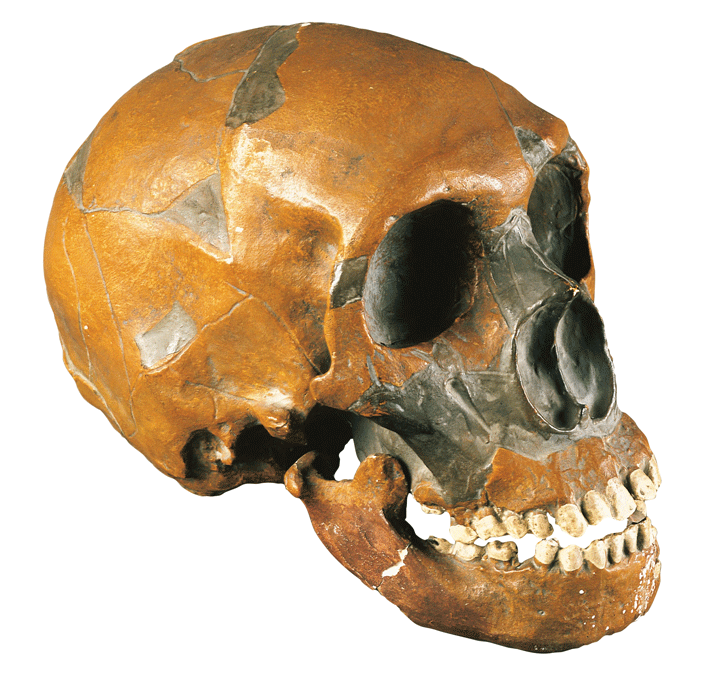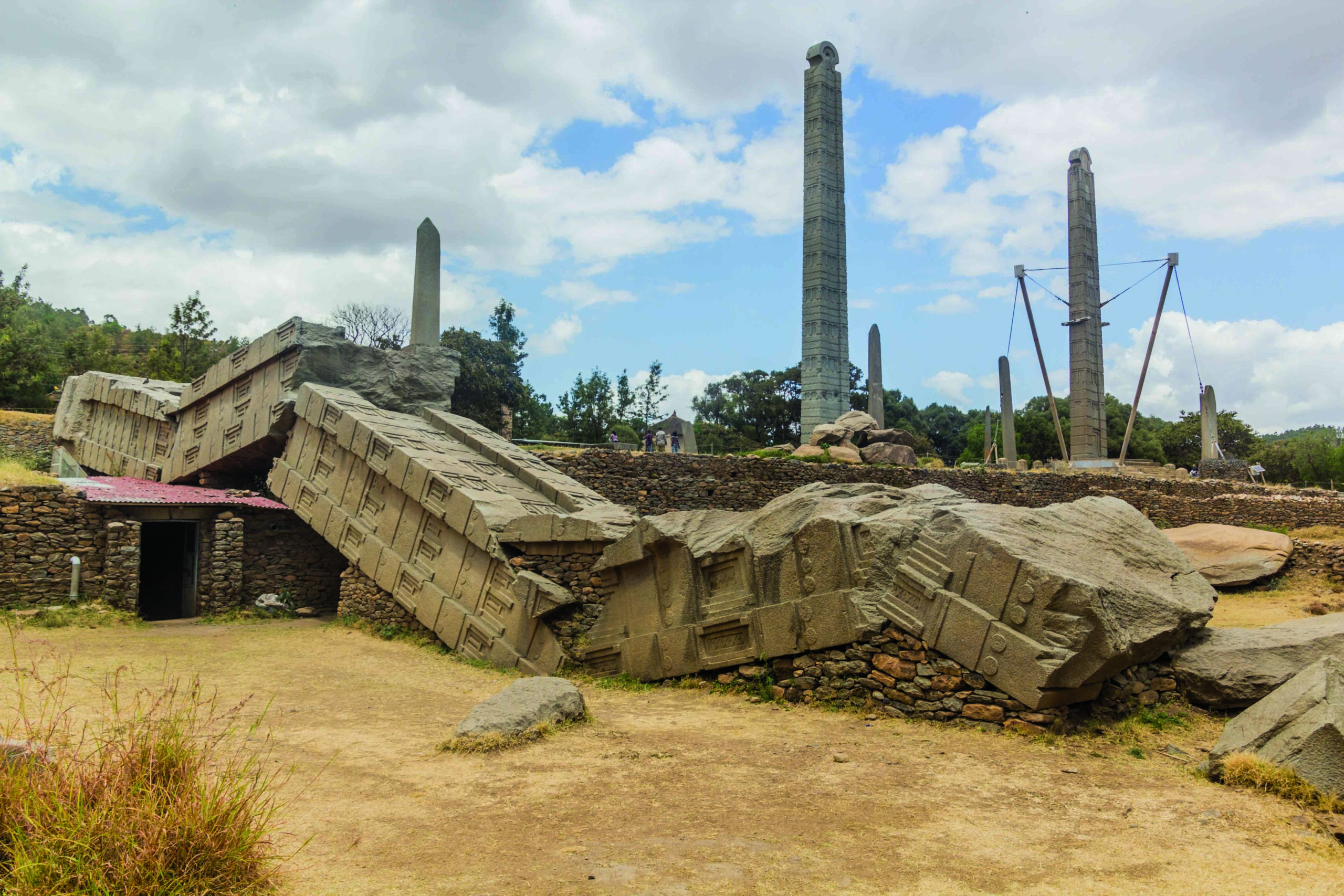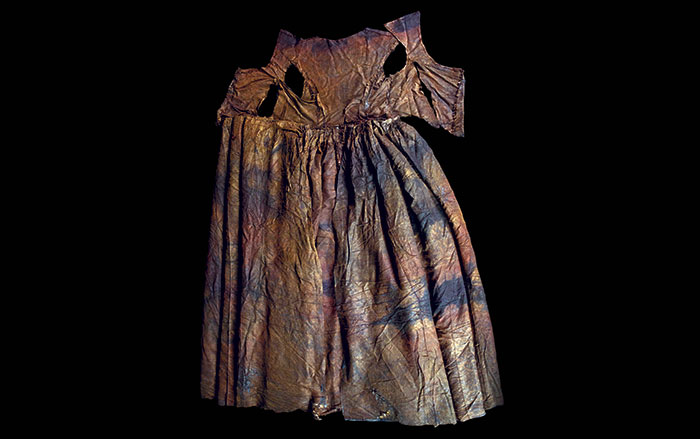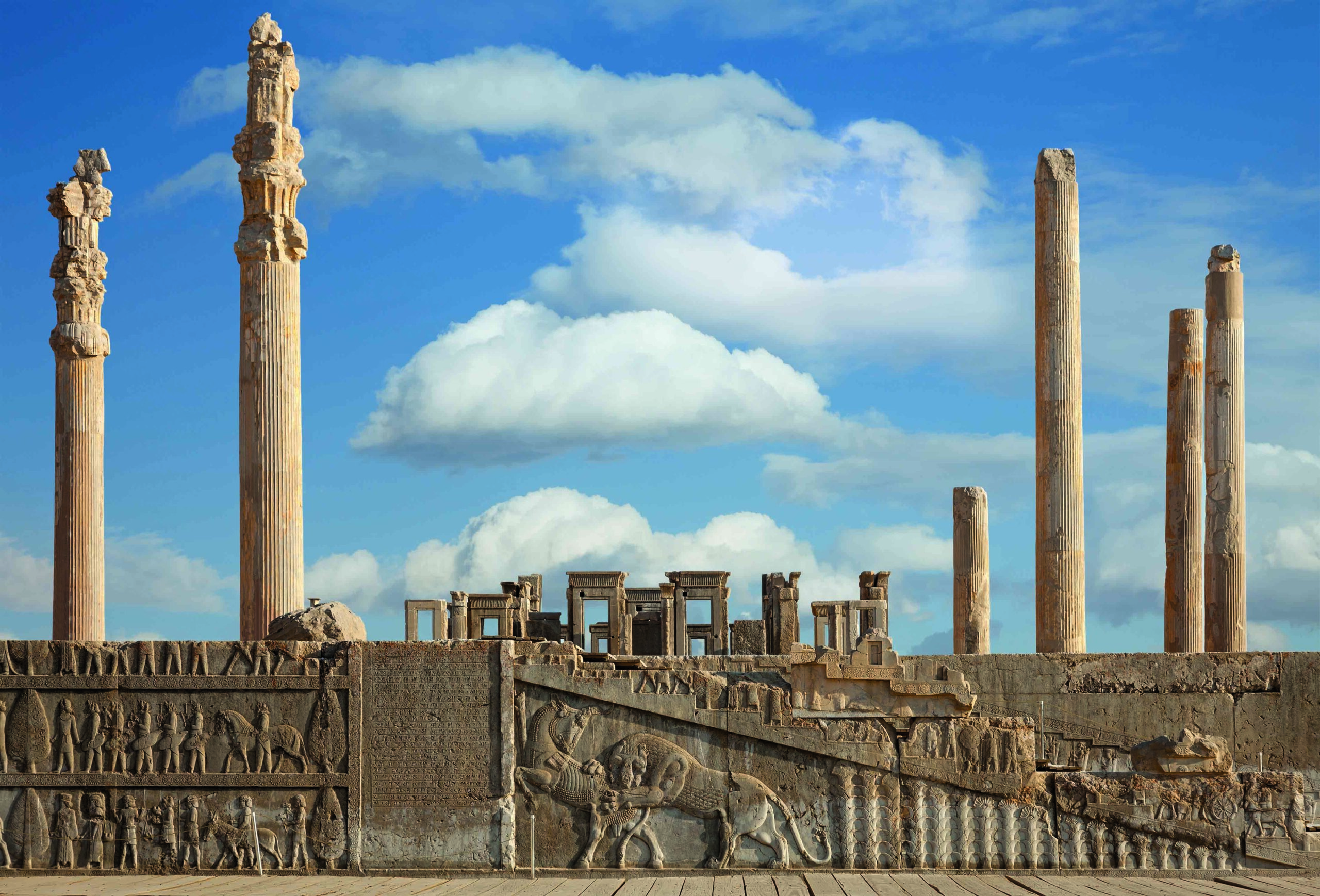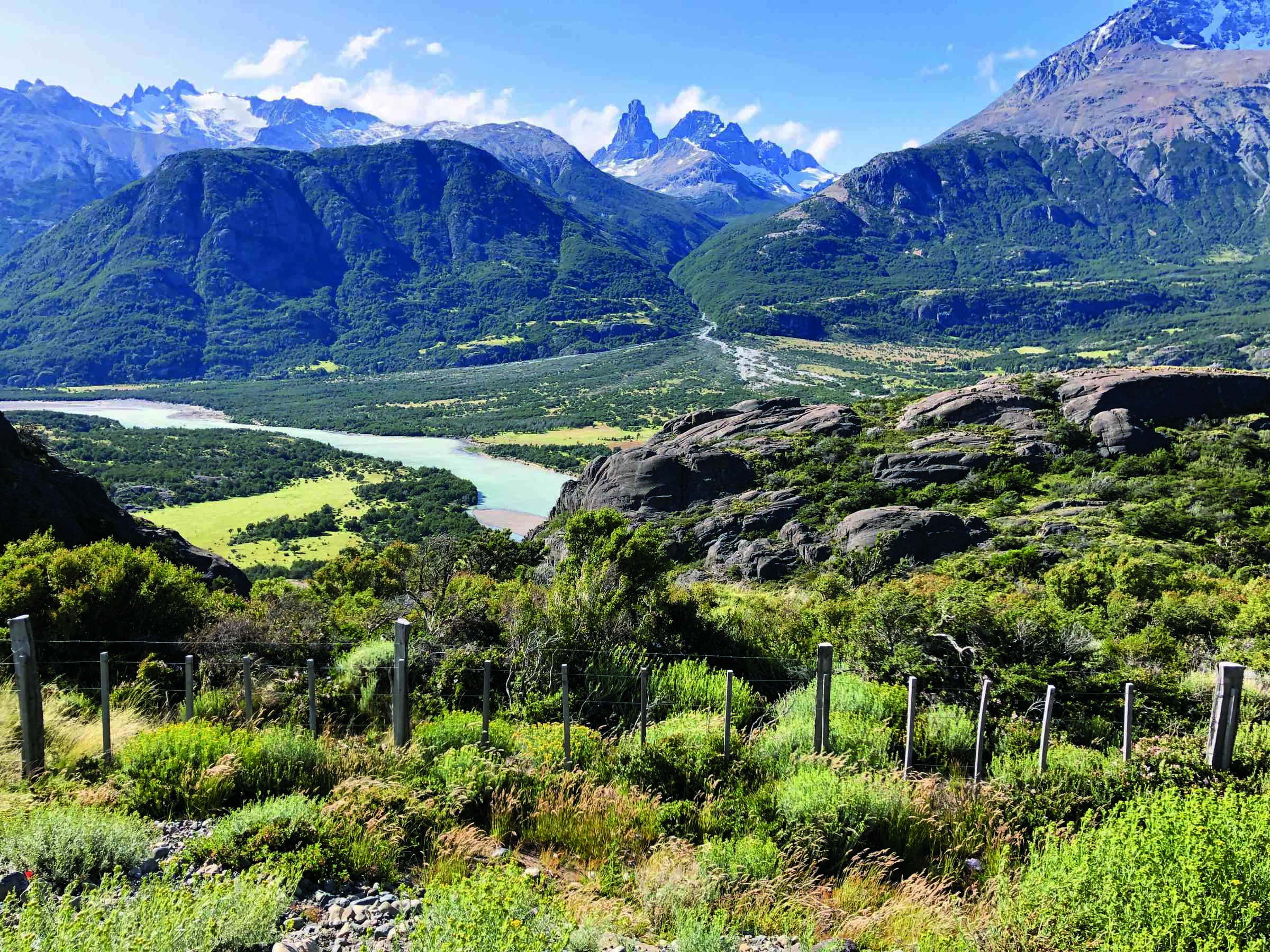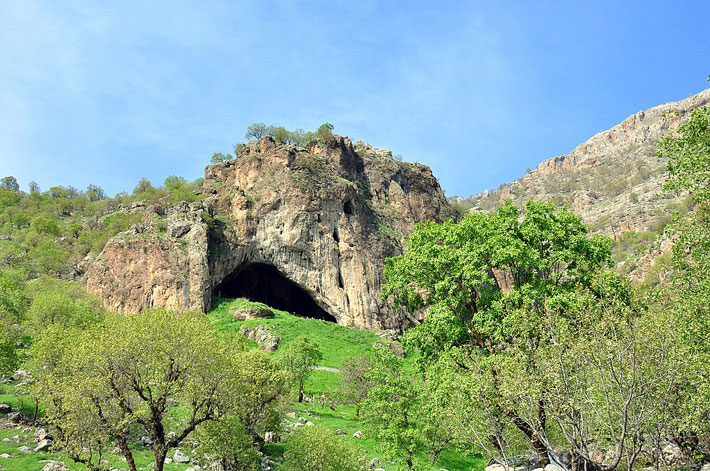
SHANIDAR CAVE, IRAQI KURDISTAN—According to a Live Science report, a new study has suggested that the pollen once thought to have belonged to flowers deposited by Neanderthals in Iraqi Kurdistan's Shanidar Cave was actually left there by insects. Paleoecologist Chris Hunt of Liverpool John Moores University said that previous interpretations that the pollen came from flowers that were collected by Neanderthals to be buried with a deceased member of their community was more likely deposited by bees. Hunt explains that the bees might have burrowed into the dirt on the cave floor, leaving pollen they had collected there as they dug in. Since the 1950s and 1960s when the caves of Shanidar were first excavated, the flowers have been thought to be evidence of Neanderthals engaging in deliberate burial rituals. Hunt believes that while the pollen may not have been part of a burial ritual, that does not negate the possibility that the Neanderthals living in the area engaged in this type of symbolic behavior. Read the original scholarly article about this research in Journal of Archaeological Science. To read more about the recent discovery of a new Neanderthal burial in Shanidar, go to "Z Marks the Spot."


